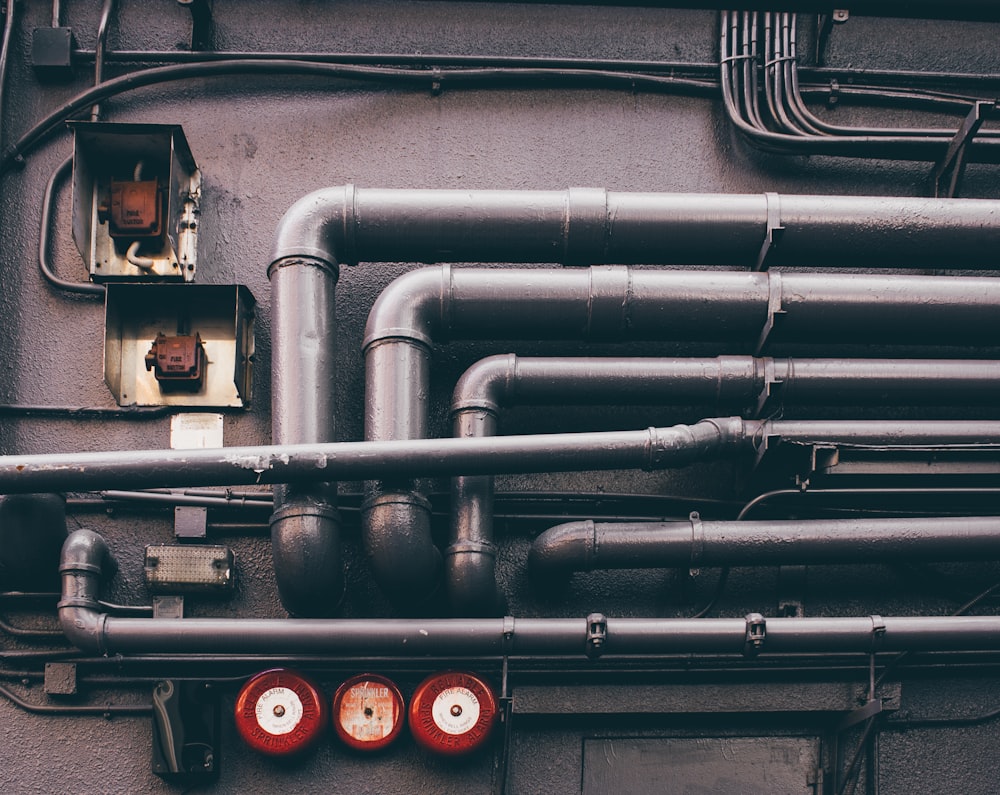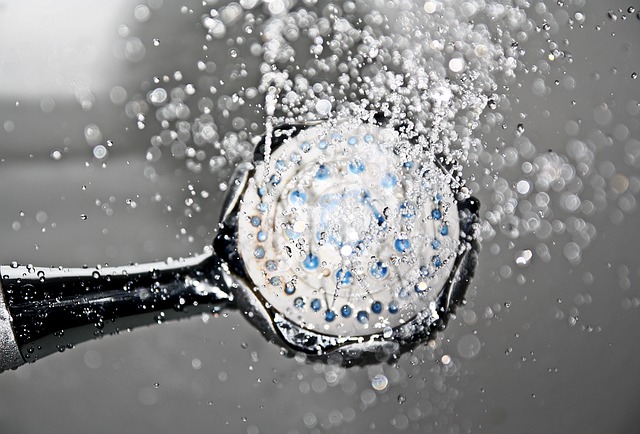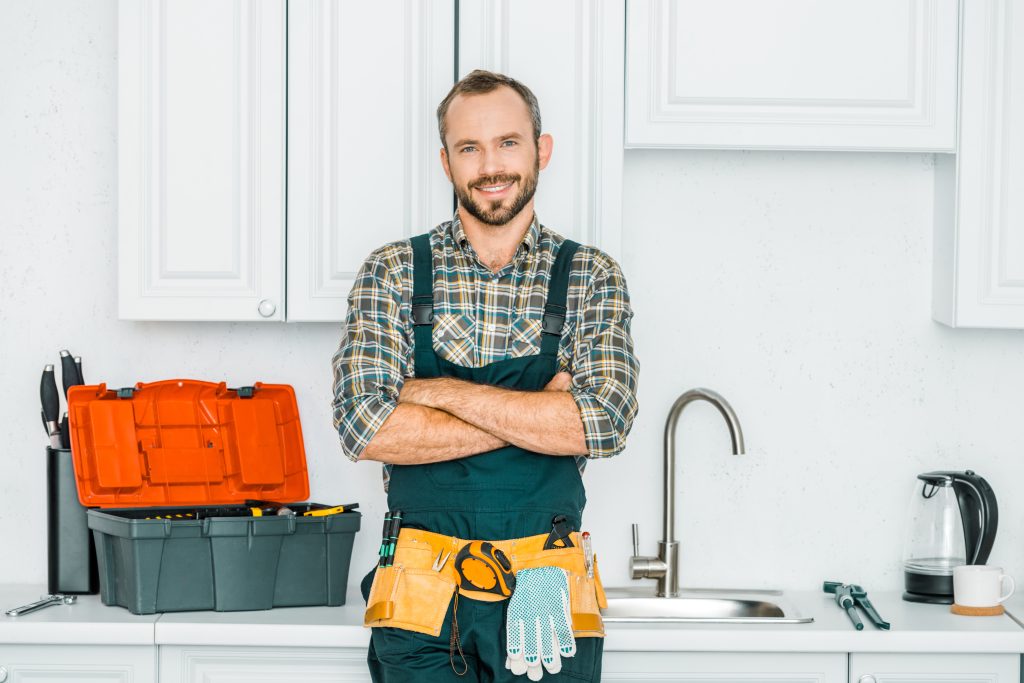Plumbing Basics You Should Know In 2022
About a trillion gallons of water are wasted in the United States annually due to plumbing problems; this is the equivalent of 40 million swimming pools. It is crazy how much it is and how it is easy to fix these even without the help of a plumber.
However, if you feel that you are not apt for the job, it’s better to contact a plumber as you might cause even more damage.
We will teach you the basics of plumbing and guide you to make it easier. Most leaks can be solved with a quick wrench tap and some basics. Some may feel that residential plumbing is tricky, but it can be made easy with the correct guide, and your wallet will thank you.
This article will go through different parts that make up your pipe system; you will also know what problems you can solve yourself are and when you have to call a professional.
Basic Plumbing Knowledge
You do not need to be a professional plumber and to know everything, simple things like locating and shut-off your main valve can prevent major damage while waiting for your plumber. So next time that you are facing a plumbing issue look it up first and see if you can repair it by yourself before calling a plumber.
Learn The Basic
It is easy to learn new skills now with YouTube, there is a panoply of instructional videos available, and there are also many blogs or books from online libraries which are free.
Different Types Of Pipes:

Plumbing Basics You Should Know In 2022
Cast-iron Pipe
G.I Pipe
Wrought Iron Pipe
Steel Pipe
Copper Pipe
Plastic Pipe
Asbestos Cement Pipe
Concrete Pipe
Vitrified Clay Pipe
Pipe Materials
Pipes can be made of different materials, so knowing your pipe’s material will allow you to know what to do in case of a leak, and you will also know their lifespan. Copper, iron, PVC, and galvanized steel are different materials from which pipes are made.
How Basic Home Plumbing Works
The plumbing system in your home is fairly simple. At first glance, the interwoven network of pipes and valves may appear daunting but bear with me. You’ll be able to explore the mesh easily if you know a few basic plumbing concepts.
Two Plumbing systems;
1. Water Supply System
The water supply brings freshwater into the house. Different elements are important in a water supply system. Two sources can fill Pipes in a system; city water and wells.
City Water
Water from the city is delivered to your home via a massive pipe parallel to your street. If you’re having trouble with your primary connection, you should get professional help. You can launch a lawsuit and pay hefty fines for damage to the main.
Wells
Most people in places without city water acquire their fresh water from wells. Pumping water into dwellings necessitates the application of high pressure. Reduced pressure prevents water from reaching the highest and farthest portions of your home.
Tips In Keeping It Clean Water Supply System
To avoid leaks, the pipe must be properly installed. Regrettably, the system deteriorates over time. In some circumstances, a plumber may be required to fully remodel the plumbing system.
The ideal approach to give water to your home is with high pressure. As a result, the system is extremely vulnerable to damage. A leak in the drainage system, for example, will only cause damp problems. Leaks in the water supply system do more than just damage: they also alter water pressure. Low water pressure makes showering and flushing the toilet difficult.
The most serious is a water supply leak. Due to the sensitivity of this complicated system, it is advisable to have professionals tackle the issues.
There is a lot to discuss when it comes to DIY plumbing. Let us know in the comments if you want to read more about the subject…




[…] Having a job is of paramount importance these days. Indeed, there are many jobs in the world. The fact…
[…] Personally, I need a hot shower whether we are in winter or summer because I don’t feel clean otherwise,…
[…] Sound off in the comments section below, and tell us what you want to read next and if you…
[…] unfortunately, when it concerns a major plumbing issue, a botched job might end up causing a lot of harm…
[…] overestimate your talents, either. Sure, some simple jobs (like prevention!) can be done by a handy homeowner. But don’t…